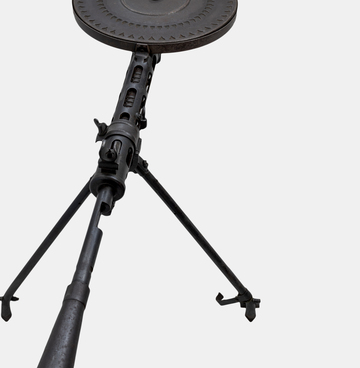In 1915, the Russian General Staff decided to start the development of the first Russian steel helmet based on the French Adrian helmet. The protective equipment was produced at the Finnish factories G.W. Sohlberg and V.W. Holmberg and at several enterprises in Russia.
In 1916, the General Staff ordered the manufacture of 3.9 million helmets at once and allocated steel for this purpose as a top priority. They did not have time to officially adopt it before the war began, but the Finns managed to send part of the order to the front, where it was successfully used.
On December 14, 1917, the Central Military Industrial Committee curtailed the production of the M17 helmets.
Prior to that, between January and May of 1917, the Finnish Red Guards appropriated several hundred helmets during the Russian Civil War, which were later recaptured by the Finnish White Guards and transferred to the Helsinki Infantry Regiment. But the misadventures of the “steel helmet” did not end there either: in 1920, the Finns removed the helmets from infantry equipment and sold them to firefighters, who repainted them black.
The design of the M17 Sohlberg provided for the use of 1-millimeter-thick steel, which favorably distinguished it from the Adrian helmet: under certain conditions the Russian helmet would protect the soldier from bullets.
The suspension system included a cord for adjusting the helmet to the head and was fixed with thin plates in the form of bendable antennae. As in the Adrian helmet, there were corrugated plates on the front, back and sides for damping (preventing vibrations) and ventilation. The chin strap was fastened with a rectangular buckle.
The belated introduction of both the French helmet and the Russian M17 model led to a shortage of this personal protective equipment in the Russian army. Fighters at the front were often forced to use captured German models, which at that time were probably the best in the world.
In the post-war period, the equipment of the
tsarist army was used for quite a long time: Red Army soldiers used both the
M17 and the Adrian helmets until the early 1940s.






